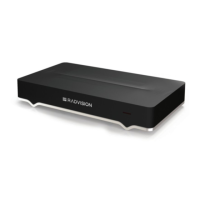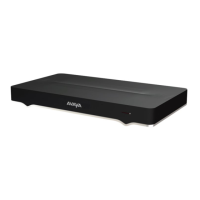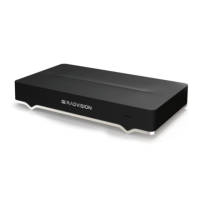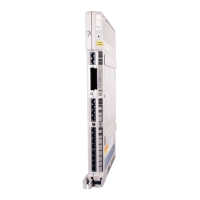The exact steps depend on the DNS software that you are using in your deployment. For this
feature to operate successfully, you require Avaya Aura
®
Device Services. For more information
on Avaya Aura
®
Device Services, see https://support.avaya.com/.
Related links
Using easy start to setup up the XT Series on page 97
Setting up the DNS server
About this task
You only require a DNS setup if the user uses an email address for automatic configuration. You
do not need a DNS setup if the user uses a standard web address.
Create records on the DNS server of the enterprise to link your DNS server to the settings file.
Use split-horizon DNS and the same FQDN for Session Border Controller and Session Manager if
you want to prevent users from re-configuring their clients when working outside of the enterprise
network.
Note:
You might need to discuss with your DNS provider if your level of service is sufficient to
provide support for DNS Service Discovery (DNS-SD). For more information, see
DNS-Based
Service Discovery. Avaya Workplace Client uses DNS PTR records consistent with the DNS-
SD RFC, which in some cases might require an additional level of service from your DNS
provider.
Before you begin
• Create the settings file.
• Configure a web server and save the settings file to that web server. You must know the URL
of the file on the web server.
• Set the following information based on your DNS server policy:
- SRV and TXT record time-to-live period in seconds. For example, 300. During this time,
the client or intermediate servers might cache the retrieved record. Usually, the SRV and
TXT record time-to-live periods share the same value.
- Web server port number. You can enter 0 to keep the default port number for the protocol.
- SRV record priority. For example, 0.
- SRV record weight. For example, 0.
Procedure
1. Create a PTR record that links the descriptive name of your settings file to the domain of
the enterprise.
a. Ensure that you name the PTR record as _avaya-ep-config._tcp.<domain>.
b. Use the descriptive name for the settings file as the target of the PTR record:
<Descriptive name>._avaya-ep-config._tcp.<domain>.
Using easy start to setup up the XT Series
August 2020 Deployment Guide for Avaya XT Series 98
Comments on this document? infodev@avaya.com

